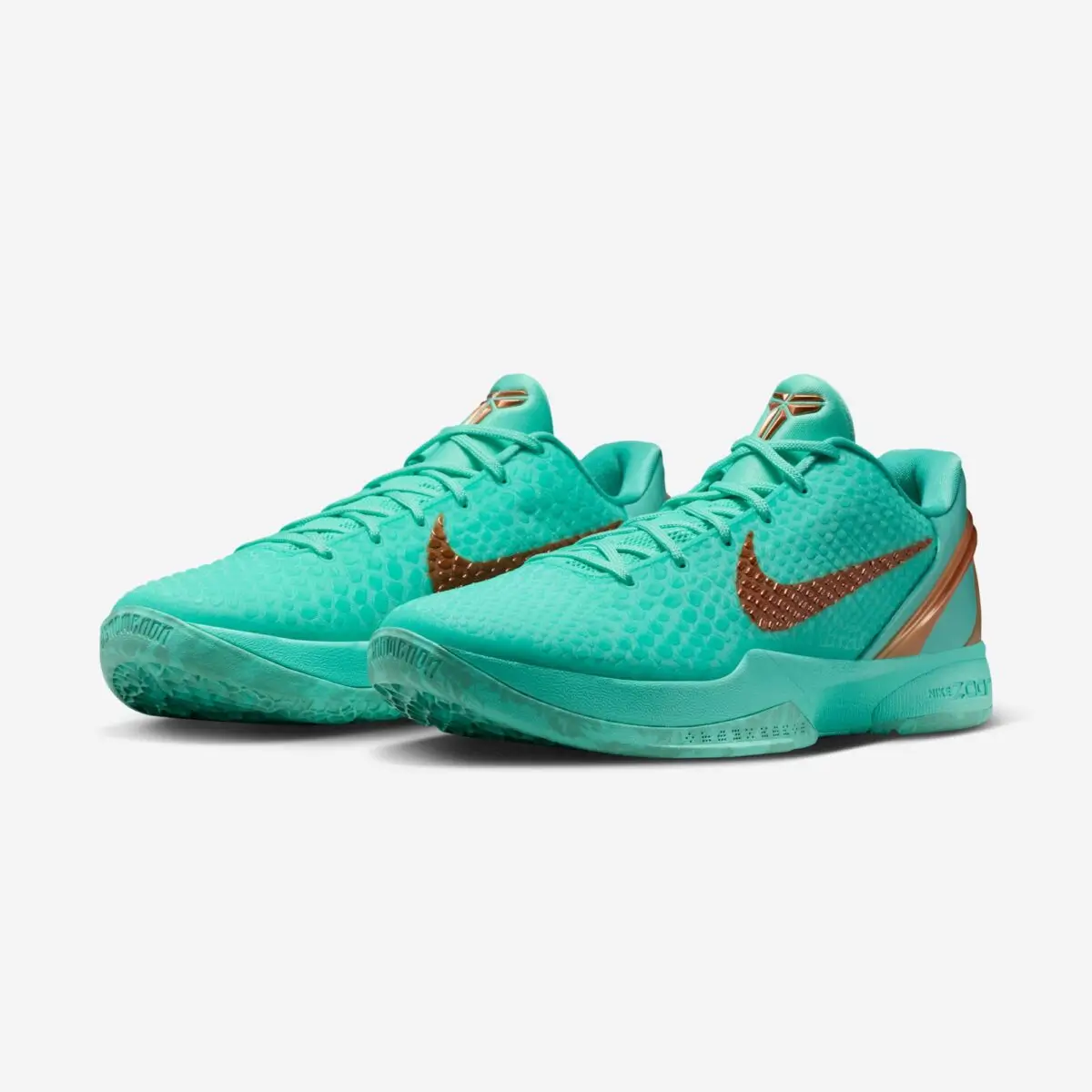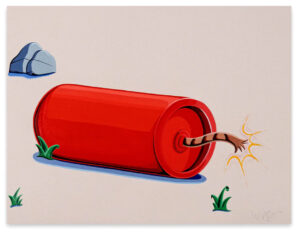In the pantheon of basketball’s most iconic silhouettes, few hold court with the elegance and gravitas of the adidas Jabbar Hi. First introduced in 1971 for the towering legend Kareem Abdul-Jabbar—then the league’s most unstoppable center and perhaps its most thoughtful voice—the shoe was more than just a piece of athletic equipment. It was a statement of design clarity, athletic performance, and cultural substance. Now, with the reissue of the adidas Jabbar Hi in a sleek “Offwhite/Crew White” colorway, the sneaker re-enters the rotation not as a relic, but as a refined symbol of timeless athletic style.
This editorial explores the renewed relevance of the Jabbar Hi in today’s market, its historical and cultural context, and how this minimalist colorway repositions the silhouette as an everyday classic for new generations of tastemakers, collectors, and historians of the hardwood.
A Shoe That Started With a Signature
Before there was Jordan, before LeBron, before the entire ecosystem of performance-to-lifestyle crossover marketing became its own industry, there was Kareem. He wasn’t just the face of the league—he was the first basketball player to receive a true signature shoe, formalizing the idea that identity could travel from the court to the street.
The original adidas Jabbar Hi was a striking high-top, characterized by its clean lines, full-grain leather, and a sculptural ankle collar designed for support in the era of physical paint battles. Kareem’s own playing style—rooted in grace, balance, and the almost metaphysical rhythm of the skyhook—found a kindred spirit in the shoe’s minimalism. No gimmicks. Just performance, poise, and presence.
Now, over 50 years later, the reissue doesn’t try to compete with contemporary technology. It doesn’t need to. It embraces what it always was: a purist’s dream, a basketball boot that wears like a second skin and speaks softly while carrying decades of legacy.
The Colorway: Offwhite Meets Iconic Purity
The 2025 re-release lands in “Offwhite/Crew White”—a palette that feels archival and avant-garde at once. The creamy leather upper avoids starkness, offering warmth and approachability. It’s not bone. It’s not bleach. It’s a lived-in neutral, recalling sun-aged film and vintage varsity jackets.
Accents of “Crew White” provide a subtle contrast—seen along the midsole, the trefoil heel tab, and the piping around the toe box. These tones don’t compete; they converse. The restraint in the color palette signals quiet confidence. This is a sneaker that doesn’t chase trends but invites them to catch up.
Importantly, the finish of the leather also matters. It’s slightly textured—not quite pebbled, not quite smooth—which gives it depth in different lighting conditions. Whether worn with wide-leg trousers or athletic shorts, it bends into the wearer’s aesthetic with ease.
Basketball Roots, Streetwear Relevance
Though the Jabbar Hi was born in the gymnasiums of the ‘70s, it has found second (and third) lives in fashion and lifestyle contexts. From the B-boy stages of early hip-hop to the off-duty wardrobes of European creatives, the high-top silhouette has long communicated a message of refined edge. With its simple paneling and stitched adidas branding along the quarter, the shoe resists the urge to shout. It nods. It gestures. It stays cool.
The 2025 Offwhite/Crew White release hits a cultural sweet spot. Minimalism is having a renaissance, and archival silhouettes with straightforward builds are once again at the center of modern menswear. In an era where foam soles and AI-generated uppers dominate the innovation conversation, the Jabbar Hi’s return is a return to basics—in the best way possible.
Moreover, the retro high-top cut plays into contemporary silhouettes. Styling this sneaker is as easy as pairing it with tailored denim and a tucked-in oxford or going full sportswear with tearaway track pants and a mock neck. It’s adaptable, but never anonymous.
Craft, Comfort, Construction
Under the hood, the reissue remains faithful to the original—stitched overlays, perforated toe box, and a robust vulcanized sole that reminds wearers that basketball shoes once felt more like leather boots than foam rockets.
What adidas has done smartly in this edition is tweak the interior lining for comfort while preserving the tactile structure that defines retro high-tops. The ankle collar is padded but firm. The tongue is thin but pliable. And the sole unit has just enough flex to make casual wear feasible without compromising its roots in athletic design.
For sneakerheads, it’s also important to note that the Offwhite/Crew White version ships with two sets of laces: tonal cream for the purists and contrast navy for those who want to introduce a subtle accent. The customization adds modern flavor without losing historical accuracy.
The Legacy of Kareem: More Than a Name
To wear the Jabbar Hi is not just to wear a shoe—it’s to align with a figure whose legacy extends beyond championships. Kareem Abdul-Jabbar was never just a baller. He was—and remains—a scholar, an activist, an author, and a cultural critic. His embrace of Islam, his vocal stance against injustice, and his intellectual breadth have elevated him as one of sport’s great thinkers.
Reintroducing his signature shoe in this refined and elegant format feels appropriate. It’s a shoe for people who value history but live forward. A shoe for players of ideas as much as games. A shoe for those who believe that simplicity isn’t absence—it’s integrity.
In a shoe landscape increasingly saturated with celebrity collabs and hype-based drops, the Jabbar Hi stands alone: dignified, unbothered, and beautifully grounded.
Final Impressions: Vintage, Versatile, Vital
The adidas Jabbar Hi Offwhite/Crew White is not a shoe for every moment. It’s a shoe for the right moments—ones that call for thoughtfulness, for appreciation of form, for design that speaks in footnotes rather than exclamations.
It won’t be for everyone, and that’s precisely the point. While the mainstream seeks the next foam-pilled trend, this shoe reminds us that heritage—when handled with care—is a future in itself. Worn today, the Jabbar Hi is no longer a throwback. It’s a mirror: reflecting where we’ve been, and subtly pointing toward where we’re going.
In short, it’s not about reliving the past. It’s about re-lacing it.
No comments yet.









